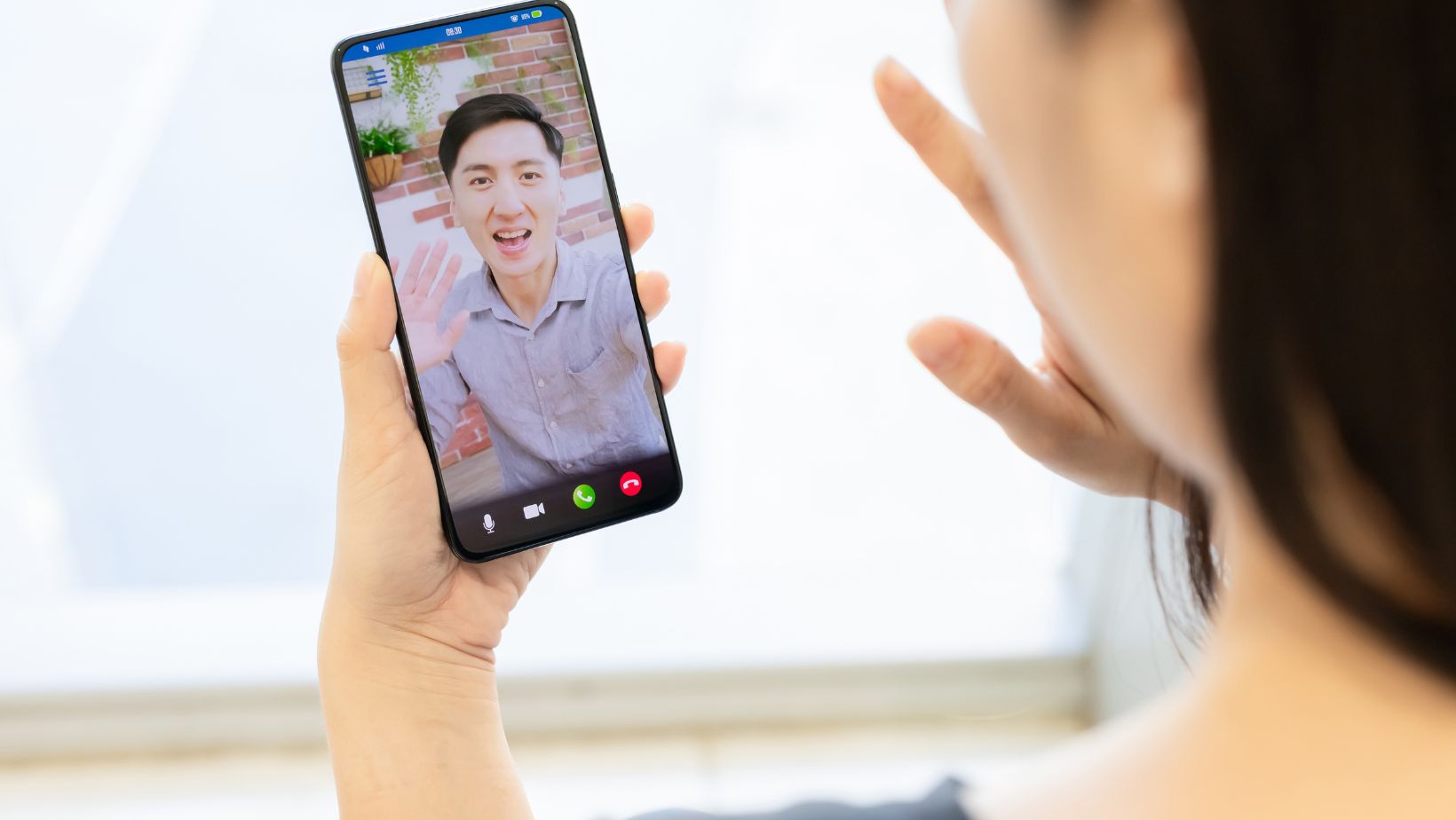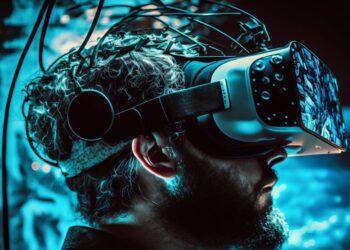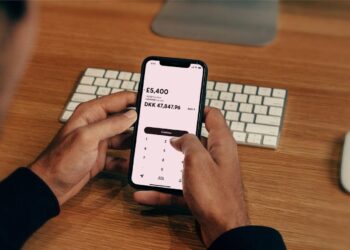Communication sounds simple. People talk, others listen, messages are sent, and answers come back. Yet, in reality, it’s far more complicated. Misunderstandings occur every day — between cultures, languages, generations, and even devices. These are called communication barriers. They are invisible, yet powerful enough to distort meaning or block it entirely.
The main types of communication barriers usually fall into several categories: physical, language, psychological, cultural, and technological. Each creates a gap between sender and receiver, and technology has become both a cause and a solution to many of them.
Physical Barriers: Distance and Isolation
Distance once dictated connection. Before digital tools, physical separation meant silence or long delays in letters and phone calls. Even businesses struggled to stay in sync across cities or continents. Now, technology has rewritten that story.
Video calls, instant messaging, and cloud-based collaboration tools have made the world feel smaller. A report by Statista (2024) revealed that 85% of remote workers believe online communication platforms make teamwork more effective, even across countries.
With modern technology, distance is no longer such a big issue. One of the simplest yet most powerful tools to close physical distance is video chat online for free. Simply install CallMeChat and find a new friend or maintain relationships with old acquaintances. It transforms faces into windows of connection—where smiles, gestures, and tone are instantly shared. People can see and feel each other again, no matter where they are.
Language Barriers: When Words Divide
Words can connect — or confuse. People from different regions, with different tongues, often face the challenge of making themselves understood. But the digital revolution has quietly changed this too.
Translation software, real-time captioning, and AI-powered interpreters can now convert spoken words instantly. Tools like Google Translate or built-in browser translators are used by billions daily. In 2023 alone, over 100 billion words were translated every single day by online tools. That’s technology turning language diversity into a bridge instead of a wall.

In addition, text-to-speech and speech-to-text technologies help those with hearing or speech impairments. Accessibility is becoming a design priority, not an afterthought.
Psychological Barriers: Fear, Anxiety, and Misinterpretation
Not every barrier is visible. Some live inside the mind. Fear of rejection, lack of confidence, or emotional tension often stop people from communicating freely. In workplaces, employees sometimes hesitate to share ideas because of hierarchy or self-doubt.
Digital tools have created indirect ways to express thoughts. For example, messaging platforms let people communicate without the pressure of face-to-face interaction. An employee may find it easier to write an idea than to say it in a meeting. Similarly, emojis, reactions, and digital cues add emotional layers that soften tone and prevent misinterpretation.
Technology also supports mental health awareness through online counseling and anonymous chat spaces. People who once remained silent now find communities that listen.
Cultural Barriers: Misunderstanding Through Difference
Culture shapes how we speak, listen, and interpret. A gesture that’s polite in one culture can be offensive in another. Globalization has intensified this issue, but technology is also helping to solve it.
Digital education platforms and international collaboration tools expose people to different cultural norms. Social media encourages cultural exchange — sometimes too fast, but always wide-reaching. According to Pew Research Center, 70% of users say online interactions have increased their understanding of other cultures.
In addition, companies use AI-driven analytics to adjust messages for different audiences. For instance, global brands tailor marketing language automatically for local contexts. Technology doesn’t erase difference; it teaches us to navigate it more intelligently.
Technological Barriers: When Tools Fail
Ironically, technology can create new walls while breaking old ones. Not everyone has equal access to devices, stable internet, or digital literacy. According to the International Telecommunication Union (ITU), around 2.6 billion people — one-third of the global population — still lack internet access in 2024.
This digital divide limits who can participate in the global conversation. However, new efforts aim to bridge this gap. Low-cost smartphones, community Wi-Fi programs, and government-supported digital training projects are spreading access. Technology’s role is evolving from privilege to necessity.
How Technology Brings It All Together
The digital revolution is not just about innovation; it’s about connection. Technology has become the great equalizer in communication — flattening hierarchies, shrinking distances, and giving voice to those who were unheard.
Consider how everyday tools contribute:
- Video conferencing allows teams to collaborate across continents.
- Cloud sharing enables simultaneous editing of documents.
- AI chatbots remove language and time constraints in customer service.
- Social platforms turn individuals into global storytellers.
But more than the tools themselves, it’s the mindset they encourage — openness, immediacy, empathy — that truly breaks communication barriers.
Technology encourages dialogue in real time, across backgrounds and boundaries. It helps us listen better, respond faster, and understand deeper. In classrooms, virtual learning connects teachers with students who live oceans apart. In healthcare, telemedicine removes distance between doctors and patients. In families, it keeps generations close even when they live in different time zones.
Maintaining Human Connection in a Digital Age
However, technology is not a cure-all. It must serve communication, not replace it. Digital interaction can feel impersonal when overused. Messages can lose warmth when filtered through screens. Therefore, balance matters.
Experts suggest mixing digital and human contact — video calls over text when emotion is involved, face-to-face meetings when trust is needed. The strength of communication lies not only in the channel but in the intention.
A 2024 Forbes survey found that 68% of employees believe combining digital tools with personal meetings builds stronger relationships than relying solely on online communication. The message is clear: technology enhances human contact when used mindfully.
The Future: Beyond Barriers
As technology continues to evolve, communication barriers will keep changing shape. Artificial intelligence may soon predict emotional tone, adjust messages to prevent misunderstandings, and even simulate empathy. Virtual reality could allow meetings that feel physically real.
Yet the core goal remains the same — connection. From language to distance, from culture to confidence, the digital revolution has turned walls into windows. The more inclusive, accessible, and emotionally intelligent our tools become, the closer humanity moves toward genuine understanding.























































